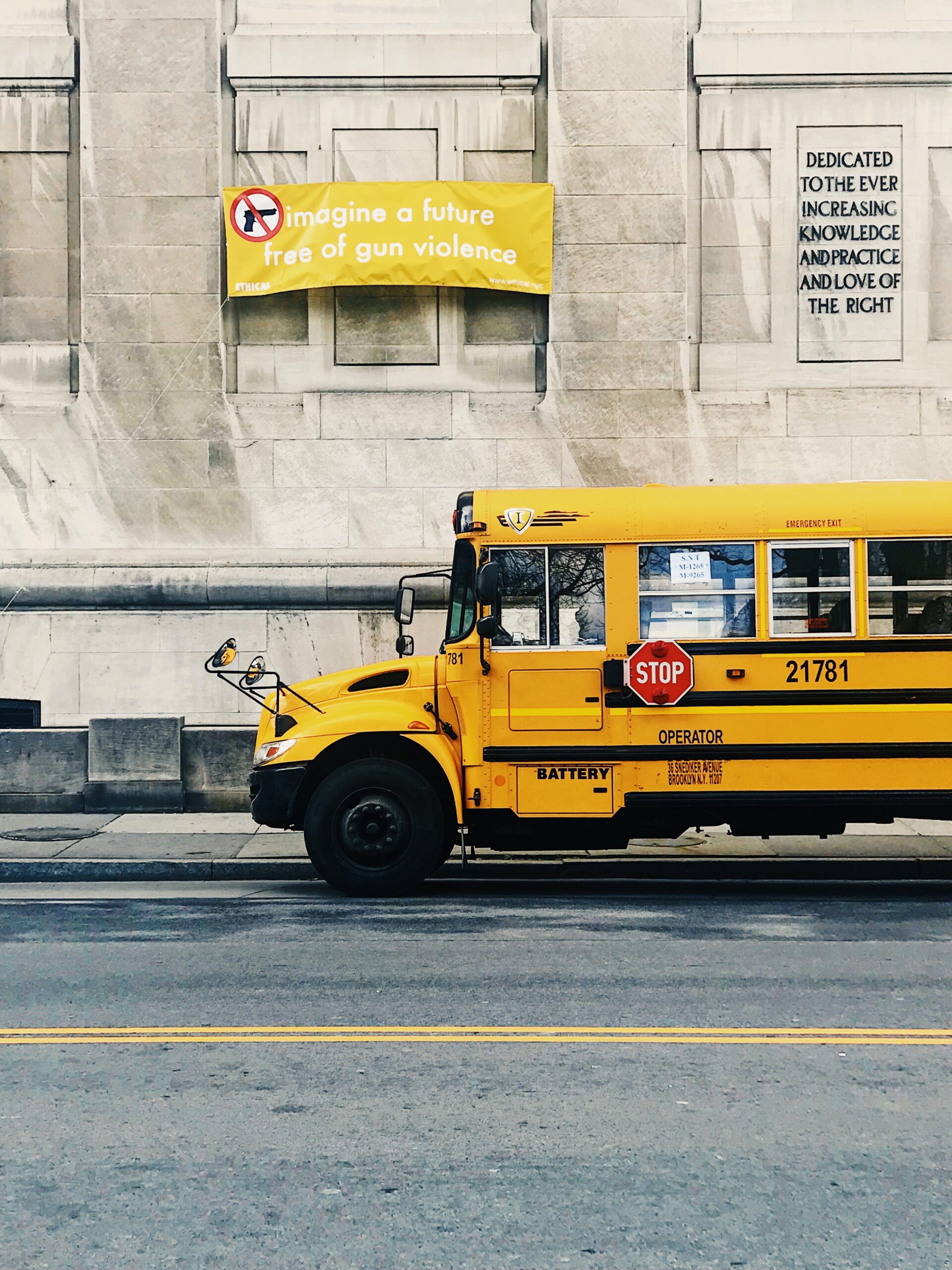SPH Collaborates with Everytown for Gun Safety to Curb Community Violence.

SPH Collaborates with Everytown for Gun Safety to Curb Community Violence
SPH faculty and students partnered with the national nonprofit Everytown for Gun Safety to investigate the costs of implementing community violence intervention programs, such as summer youth employment programs.
When a former colleague approached Bruce Larson, a research professor in the Department of Global Health, about collaborating with Everytown for Gun Safety to identify the costs of implementing evidence-based programs to curb community violence, Larson immediately agreed to lend his expertise.
An economist by training, Larson has performed economic evaluations of public health programs in over 25 countries over the past 30 years. On several occasions he teamed up with Kate Schnippel, who suggested the partnership with Everytown. Their research mainly involved evaluating HIV interventions in South Africa, where Schnippel studied and later worked as an epidemiologist. In late 2019, Schnippel, having transitioned to a new position as principal research scientist at Everytown, conceived the idea to take a similar approach to evaluating gun violence interventions. To help bring the idea to fruition, she turned to Larson.
“Everytown had already completed substantial work documenting the social and economic costs of gun violence,” says Larson. The goal of this project, he says, was to calculate the costs of preventing gun violence in the first place and to produce practical guidelines for implementing community violence intervention (CVI) programs.
Recognizing the broader SPH community could bring further value to the research, Larson brought the Everytown partnership proposal to the attention of Dean Sandro Galea, who in turn enlisted the expertise of Jonathan Jay, an assistant professor of community health sciences, and a seasoned gun violence researcher. Further bolstering the team were two SPH students, Sierra Palmer and Ashley Lara, whom Everytown hired to assist with a review of the existing literature on CVI programs.
Based on the literature review, the team decided to begin with an evaluation of summer youth employment programs (SYEPs). Their analysis revealed that SYEPs designed to reach justice-involved or at-risk youth cost $3,331 per youth assisted, with 54% of this cost directly paid to youth through stipends. “Compared to the social and economic price of gun homicides,” the researchers write, “investing in an SYEP is a cost-effective way to help prevent violence in cities.”
While the team presented their findings at firearm injury prevention and criminology conferences and recently published their work in the Journal of Urban Health, their primary focus is on ensuring the information makes it into the hands of the people working in the community, who stand to benefit the most, says Megan O’Toole, a coauthor on the research and deputy research director at Everytown. After Schnippel moved on to a new role with the Substance Abuse and Mental Health Services Administration, O’Toole took over leadership of Everytown’s partnership with SPH.
“I’ve learned so much from working with Bruce,” O’Toole says. “One of the coolest aspects of this project is that we have created a costing workbook that allows either city officials or community-based organizations who are trying to do this work to download it and adapt it to their own needs. That is something [we] would not have known how to do without his guidance, so being able to see his methodology and then create this adaptable tool has really enhanced our impact.”
The adjustable costing workbook enables communities to create a custom budget for an existing or planned SYEP across a number of program parameters, including staff, training, equipment, and youth stipends and allows for further customization based on the number of youth the program seeks to serve, the cost of living in the area, and the intensity of support the program aims to provide, among other scenarios. SYEPs give young people positive opportunities at a time when violence is often at its peak, says O’Toole. “It is important for folks to know what they cost and what the key components are, because, of course, that is a key part of how folks make decisions about what they can invest in at a city or programmatic level.”
O’Toole trains grantees of Everytown’s Community Safety Fund on how to use the costing guide to implement their own programs, she says. She also shares the guide with mayors across 45 states and the District of Colombia through Everytown’s coalition Mayors Against Illegal Guns. “These strategies are on the rise. Just a couple of years ago [CVI programs] were relatively novel, and so to see them so widespread across communities is really exciting,” she says.
Interested students are encouraged to get involved, says O’Toole. She points out that there are a variety of opportunities to do so, from Everytown’s Students Demand Action volunteer group to internships with the nonprofit. “We could use collaboration in all of them,” she says.
O’Toole looks forward to producing costing guides for other CVI programs in partnership with SPH. The team already has a guide on hospital-based violence intervention programs (HVIPs) in the works, she says. “I am excited to be able to lend our research expertise in partnership with [SPH] to help these programs advocate for the resources they really need and can save a lot of lives by having access to.”
For students interested in learning more about community violence intervention programs, Jonathan Jay is offering a new course, PH782 Gun Violence and Community Health Equity, coming this spring.
